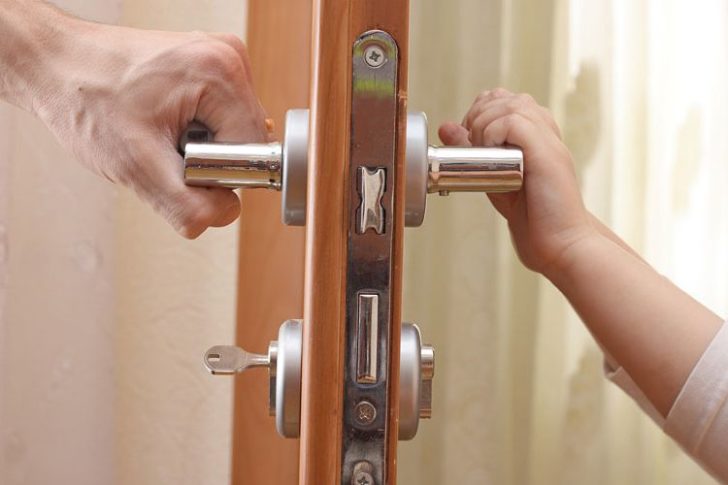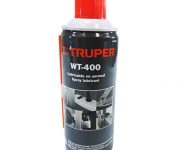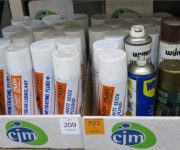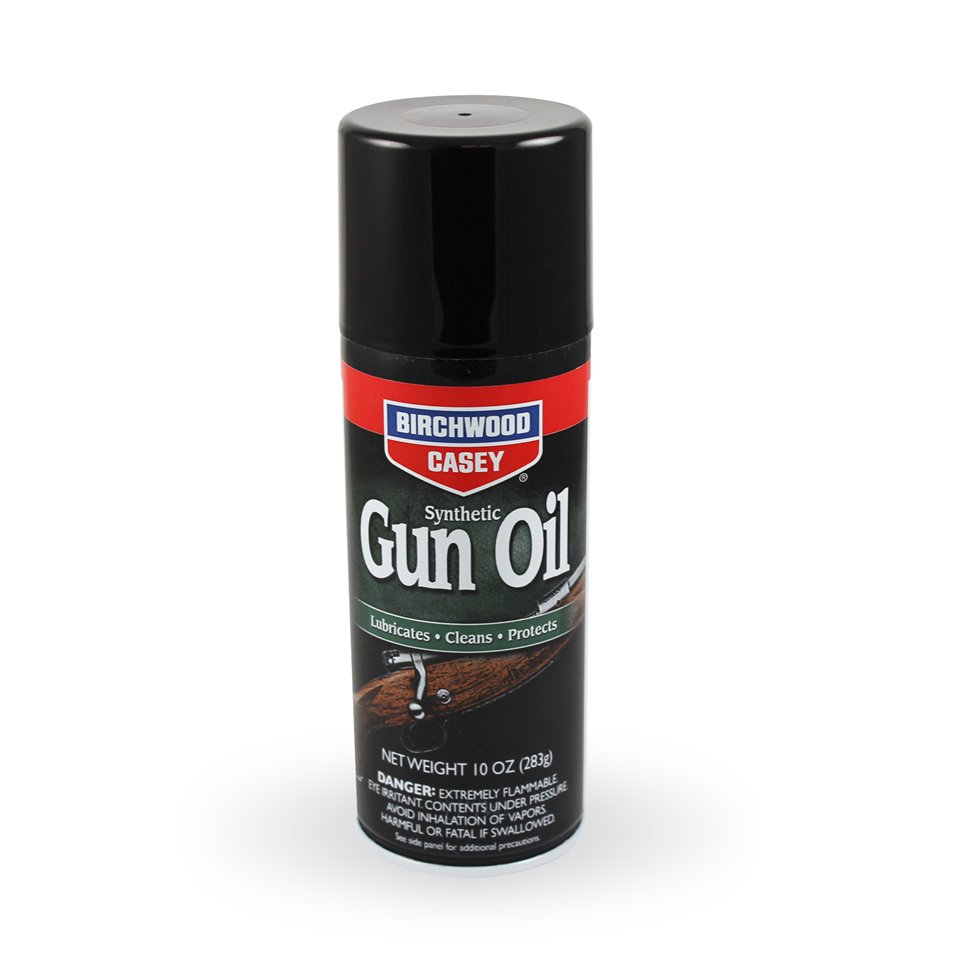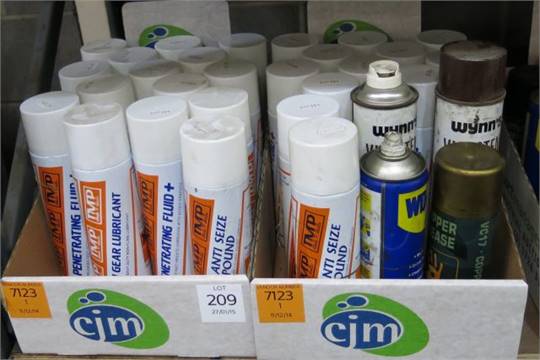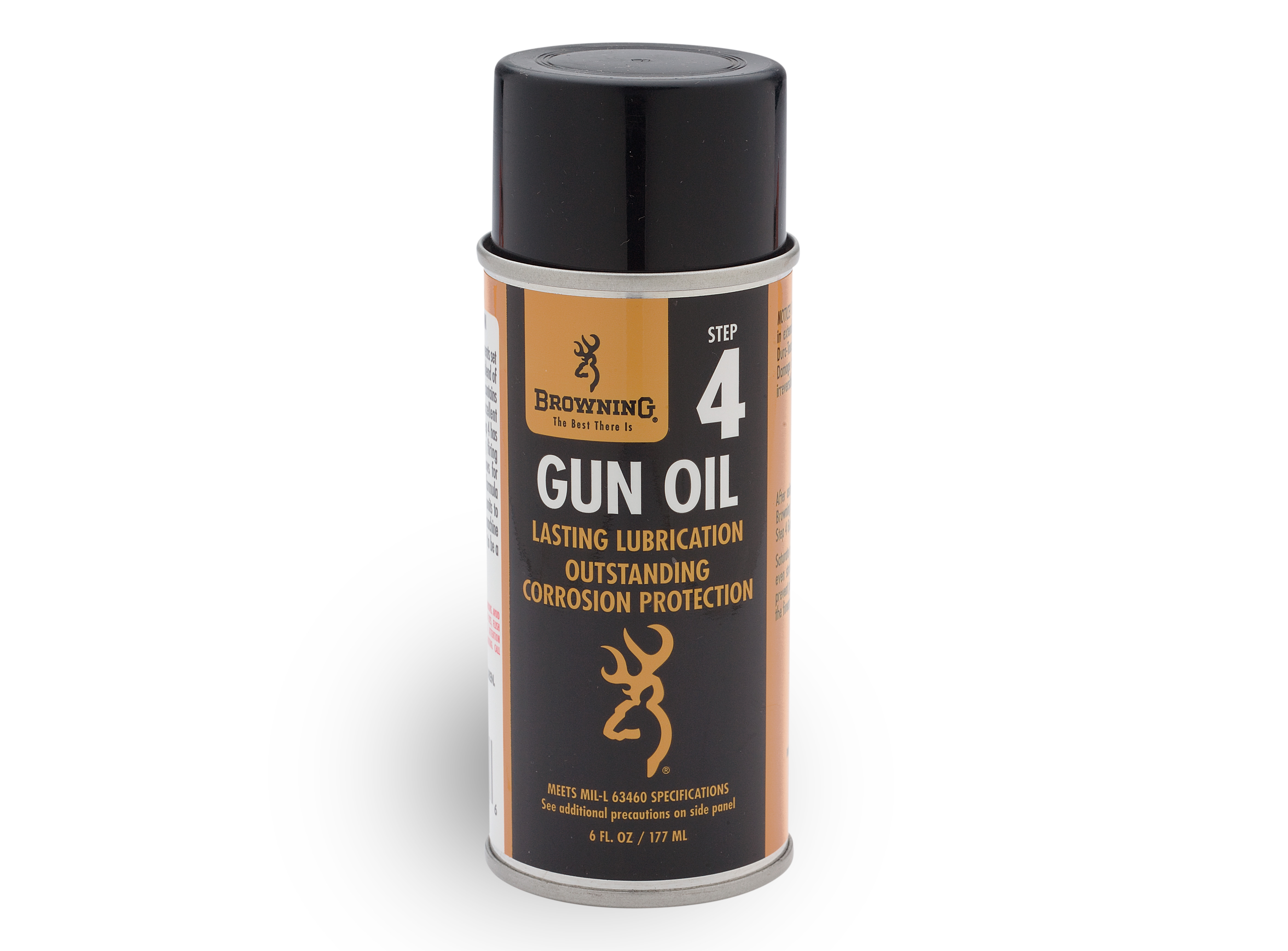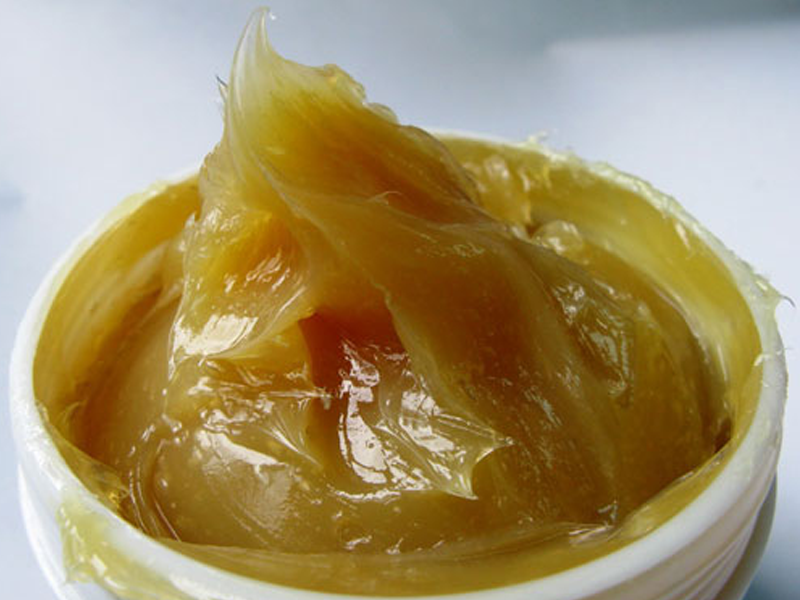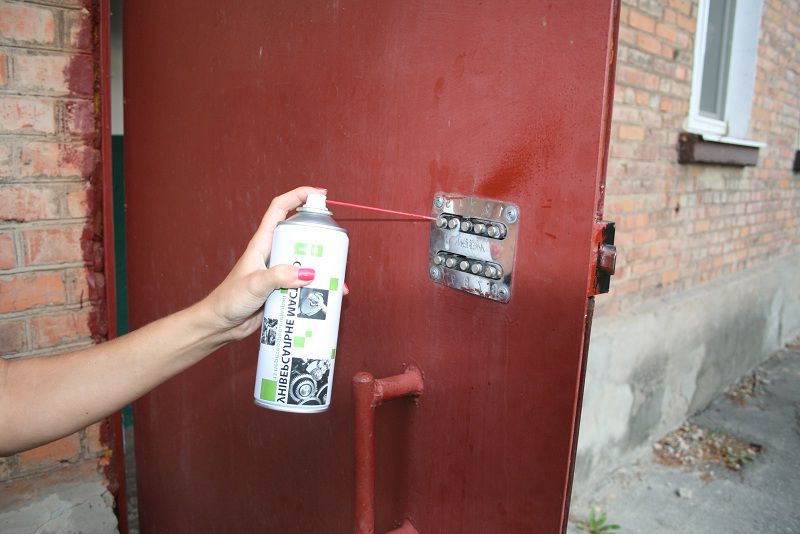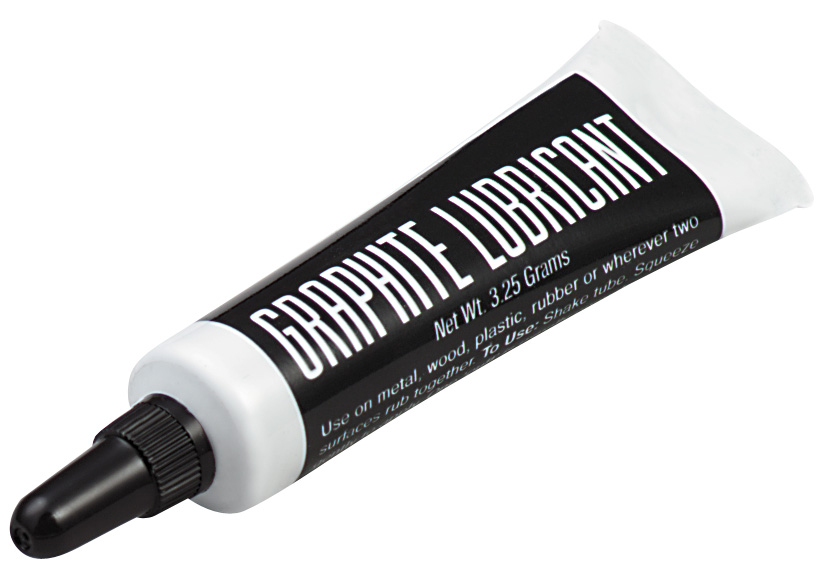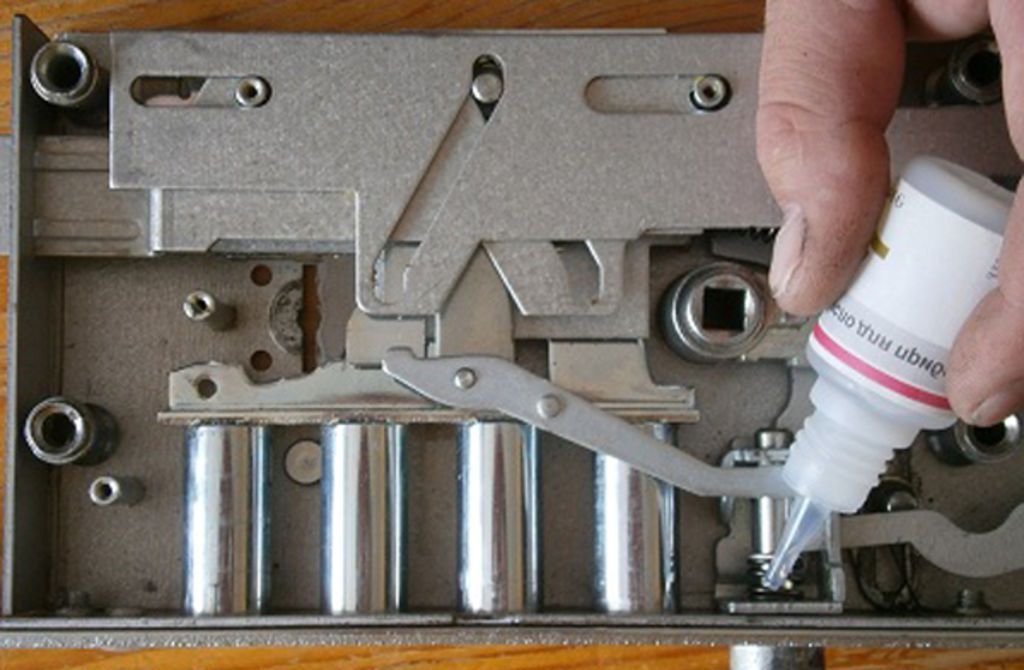How to lubricate entry doors and what to use
Table of contents:
- Why is it important to lubricate a lock?
- How often do locks need to be oiled?
- Precautionary measures
- What parts have to be oiled?
- How to lubricate a door lock?
- What to use for lubricating a lever tumbler lock?
- What to use for lubricating a cylinder lock?
- What to use for lubricating a combination lock?
- What else is to be used for lubricating a door lock?
In order to prolong the service life of doors, it is necessary to keep furniture in good condition, first of lubricating all locks regularly. You should follow some simple rules to prevent the lock from breaking soon, and to avoid its replacement.
Why is it important to oil a lock?
- To improve the function of a lock-turning mechanism, and facilitate its use;
- To prevent parts from wear and tear, abrasion, and dust accumulation, etc.;
- To avoid rust formation, which leads to deterioration, sticking and blocking of important components.
How often do locks need to be oiled?
 It will be sufficient to lubricate an interior door lock once a year. But as for the entry door, situated outside of the house, it needs to be taken care of more regularly. NB: oiling can sometimes make problems with the lock worse. Metal dust may stick to working parts of the locking-mechanism along with the lubricant, and this can have bad consequences.
It will be sufficient to lubricate an interior door lock once a year. But as for the entry door, situated outside of the house, it needs to be taken care of more regularly. NB: oiling can sometimes make problems with the lock worse. Metal dust may stick to working parts of the locking-mechanism along with the lubricant, and this can have bad consequences.
Precautionary measures
In general, many modern locking-mechanisms rarely need to be oiled. But if the door lock does need some maintenance, you should use only special compounds, since badly-chosen products can eventually make the mechanism inoperable. In any case, everything that is required for maintaining a lock should be noted in the instructions.
Locks don't always need to be lubricated. For instance, if the lock works smoothly when the door is open, but the moment you shut it, the key hardly turns, then the problem isn't probably connected with the lock, but with the door. Most likely caved in or became twisted. Lock malfunction isn't often connected with a lack of oil! Sometimes its wear simply reaches a critical point. The lubrication of contact points can do well only in those parts of the lock where it is actually needed.
What parts have to be oiled?
- Without oiling, the bars of the lock get worn out from constant rubbing against the chrome surface of the ends of the lock bar;
- An unlubricated push-pin gnaws out a dent on the sliding surface, when being pulled;
- The lubrication extends the service life of the vertical drives (pistons);
- The knot of the lock, regulating the beveled latch, constantly suffers from rubbing, when the latch works;
- It is recommended to cover the pivots with lubricant, as they also suffer from abrasion;
- The toothed bar of the cylinder lock works much better, when lubricated.
How to lubricate a door lock?
The whole procedure of cleaning and oiling is rather simple. First of all, you should put a lot of cleaning substance into the lock barrel, insert a key in the lock, and then immediately remove it. Afterwards, wipe the key and repeat the procedure once again. Keep doing it, until the surface of the key stays clean. The process of oiling the locking-mechanism is just the same. You should open and close the lock a few times, so that the lubricant spreads and dispenses.
What to use for lubricating a lever tumbler lock?
It is not recommended to use ordinary lubricants for this type of locking-mechanisms, as the lock may get jammed, when the substance dries up. In this case, it's better to use dag (in other words, graphite dust) as a lubricant. You can get it by milling the core of an ordinary pencil, but is there any use? Every specialized store sells a good graphite lubricant in a spray can. It reduces friction between moving surfaces, protects from dust, and prevents parts from corrosion. Silicone aerosol is also very effective for oiling such type of locks: due to its capacity to repel moisture, the aerosol provides smooth sliding, and protects the metal from corrosion (NB: it is better to overspay the aerosol with a little tube).
What to use for lubricating a cylinder lock?
Cylinder locks require only oiling a latch. For this purpose, one usually uses WD40, but it dissolves fast, and thus has to be systematically renewed. This substance has a high capacity for water repellency, and effectively protects parts from corrosion. Silicone spray is also good for oiling lock cylinders.
What to use for lubricating a combination lock?
Combination locks always have special holes for inserting a lubricant. Lubricants usually target the heart of the locking-mechanism while protecting it from dirt and corrosion. It is recommended to use such penetrating aerosols as WD-40, and so on and so forth.
What else can be used for oiling a door lock?
- Using of engine oil will be perfect for lubricating typical locking systems;

- Sun flower oil is rarely used, but might be applied in emergency cases, if there is no alternative;
- Melted fat is a very strange yet popular method of oiling door locks. It produces an immediate and short-term effect, and eventually worsens the situation;
- Grease lubricant is widely applied for maintaining door locks, but is far worse than more up-to-date means;
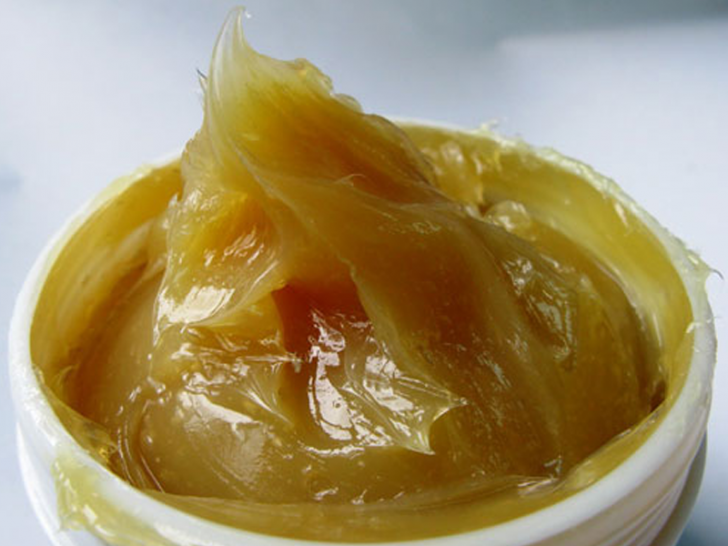
- Lithium waterproof grease (for example, Lithol) is mainly used for bearings, but can also be of use for locks;

- Gun oil aerosol (for instance Gunex) works well at very low and high temperatures, which is good for oiling an entry door. It is able to dissolve consolidated grease lubricant, facilitating the working of the lock.

All in all, the best way to avoid expensive repairs of a lock, and the whole door construction, is timeliness in carrying out maintenance work. Especially since it is very simple to oil a lock and thus to extend its service life.
